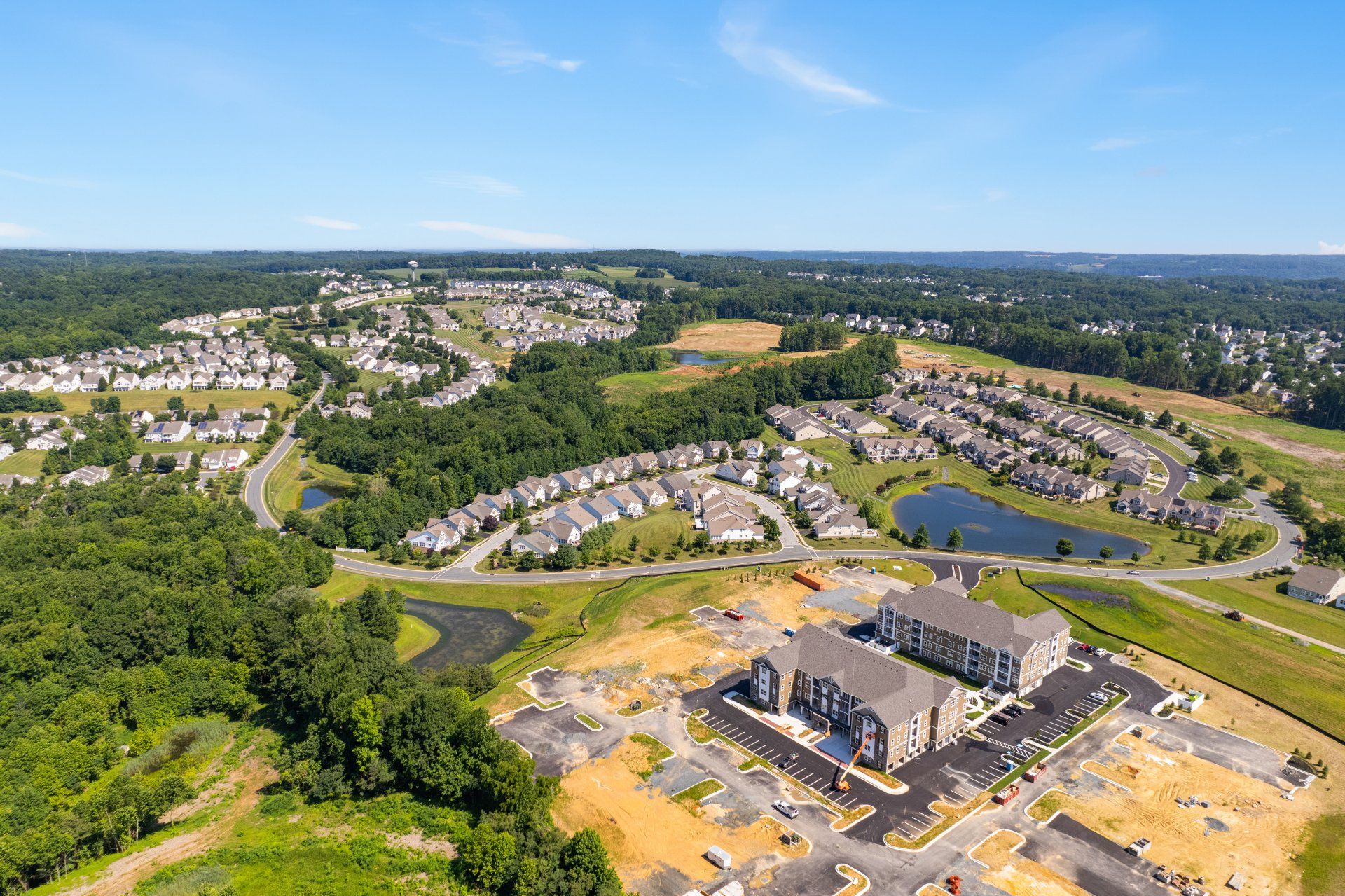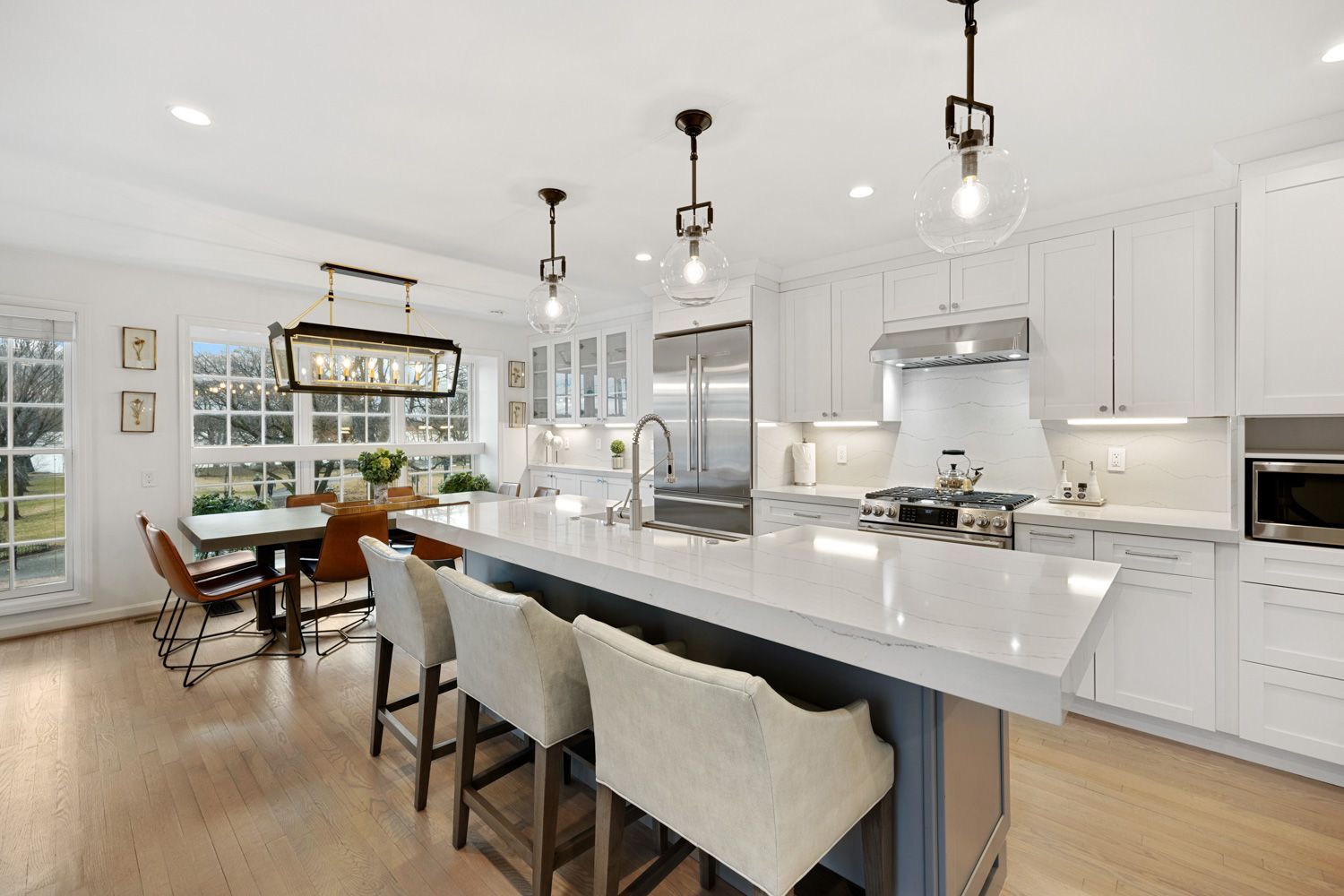Meet Victor Coll, a seasoned expert in the art of in-bound content marketing. With a proven track record in crafting winning content strategies, Victor excels in attracting and engaging audiences organically. His proficiency extends to optimizing content for maximum impact, resulting in increased brand visibility and audience retention. Victor's dedication to the art of in-bound content marketing has helped businesses achieve remarkable growth. Join him as he shares invaluable insights and strategies to empower your content marketing efforts and drive meaningful connections with your target audience.
Should I Hire a 3D VR Service or Do It Myself
WHY PAY MORE?
If you are looking to add virtual tours to your list of real estate marketing tools, is it best to contract with a professional photography service or do the job yourself? Among the many challenges that real estate agents face – especially through the shutdowns and social distancing that have resulted from the coronavirus pandemic – is how to show properties to potential buyers. Viewings can be difficult and time consuming under normal circumstances, let alone when dealing with COVID-19. 3D virtual tours present opportunities for those buyers to visit your listings without leaving the comfort and safety of their own homes.
What is a virtual tour?
A “virtual” tour could really be any representation of a property tour that is not live and in person. For example, a real estate video walkthrough – either pre-recorded or live on social media, Zoom, or other platform – could be considered a “virtual” tour. So could a series of 360-degree panoramic shots. Anything that offers customers a simulation of being onsite is, technically speaking, a “virtual” tour.
But when most people think of a virtual tour, they are referring to an immersive 3D experience, complete with interactive 3D floor plans and mapping and the ability to navigate to any room and look in any direction, or to measure doorways and walls and countertops. A true virtual tour, like a Matterport showcase, creates a “digital twin” of a space and places the viewer into that space with complete control of their experience.
With the click of a mouse button, visitors can walk the halls, enter each room, look up and down and around, and even take accurate measurements. They can read highlights of property features and view embedded drone photography or panoramic images. They can pan out to see a floor plan or dollhouse view of the building. All these and more are elements of a virtual tour.
The value of a virtual tour
The ability to harness the technology of a virtual tour presents some good news for an agent. In this day and age, when everything seems to be going online, a 3D virtual tour presents a convenient way for an agent to place a property in front of as many potential buyers as possible. Since more than ninety percent of those buyers begin their search online from the comfort of their own homes (or coffee shops, or anywhere else, really), a virtual tour allows them to pre-screen properties and find a fit for their criteria. When they have narrowed down their search, shoppers tend to schedule live visits only to those properties in which they are truly interested, which can mean more good news for an agent: saving time by showing homes in-person to clients who are serious.
But there is a downside to the trend toward digital viewing online. The bad news? If your listings do not pop, if they do not have a strong online presence, you might miss out on a large swath of potential buyers, fifty one percent of whom (according to the National Association of Realtors) now find their future homes online. Your selling success is increasingly tied to the quality of a listing’s online profile.
So, while that online profile is helping to sort out the serious buyers from the not-so-serious “tire kickers”, if you are not portraying a high-quality product, your listings may just as soon wind up in the discard pile of too many prospective customers.
Naturally, a first-rate collection of real estate photographs is essential. Nearly ninety percent of home buyers suggest that pictures play a huge role in their decision to pursue a property. Aerial images and real estate videos also help to showcase a home or other property and give your listing an edge. But for an extra touch, especially for homes at the upper end of the market, a 3D virtual tour can make a world of difference.
There is another value of a virtual tour. NAR cites one of the biggest challenges facing real estate firms as the need to keep up with emerging technologies in the market, like virtual reality and other advances. Matterport 3D tours are compatible with many VR devices and offer a completely immersive experience to a growing segment of the market.
Of course, you can sell a home without a virtual tour, and while most homes could benefit from one, not all homes require one. Still, more and more consumers are drawn to and even expect the technology – especially when they are under stay-at-home orders or prefer to remain socially distant. Certainly your luxury property listings should come with an accompanying virtual walkthrough. Same goes for properties in areas with a lot of out-of-town buyers (a phenomenon that has been on the rise in recent years). Likewise with homes in highly competitive markets. For some properties, first-class photography is probably sufficient. But for others, adding a virtual tour should be standard.
Are virtual tours worth it? For many properties, yes.
Professional service vs. DIY
If you are interested in offering your clients access to 3D virtual tours, a question arises: should you try to create virtual tours on your own or contract with a professional photographer to capture the space for you?
There is no clear cut answer to that question. Fortunately for you, there exists a range of options to suit your needs and those of your clients from one end of the market to the other. Whether you select a professional service or do it yourself really comes down to two things: cost and quality. Cost in terms of time and money; quality in terms of equipment, ability, and experience. As with any service you provide, be it 2D photography or print marketing, there exists a continuum between low cost and quality and high cost and quality.
That is not to say that low cost always means low quality. On the contrary, someone (for instance) with a strong ability and loads of experience with photography might be capable of producing excellent listing photographs at a low cost with simple equipment. After all, today’s mobile phones come equipped with high resolution HDR cameras able to capture incredible images in the right hands. Conversely, an expensive but careless professional with the most expensive gear, but who lacks a keen eye for detail and composition, might yield less-than-satisfactory results.
On one hand, your decision will be slanted toward your own ability. Are you a capable photographer already, or are you interested in learning to become one? Fortunately, 3D virtual tour capture is not so technique-driven as photography or videography. You do not necessarily need the same eye for composition and lighting. You need to be able to set up the equipment and allow it to perform scans of every room in a home.
On the other hand, your decision will lean toward your interest in investing in 3D capture equipment. At the top end of the market is the Matterport Pro2 camera, coming in at the $3000 range. If you want to perform your own 3D scans with the utmost precision and clearest resolution, the Pro2 is the pinnacle of technology. Other options, such as the Insta360 OneR or Ricoh Theta cameras are more economical alternatives.
But a Matterport 3D tour can even be captured on an iPhone. You probably would not select that device to portray a premium property, but for those with advertising on a budget, Matterport for iPhone offers an entry-level 3D tour option.
So, should you hire a pro or should you do it yourself?
Consider the following factors in your decision.
| PROs | CONs | |
| Professional Service |
|
|
| Do It Yourself |
|
|
If you select a professional service
Many agents prefer to spend their time collecting and cultivating leads, on developing relationships, not on taking pictures or scanning rooms for a 3D tour. If you fall into that group and you choose to go with a professional photography service for your virtual tour needs, make sure to find a provider that offers a quality product and superior customer service that you can extend to your clients.
By hiring a professional, you will avoid the costs associated with the purchase of 3D image capture equipment. But the service will cost.
How much does a 3D virtual tour cost?
That depends on the provider, but in general, you can expect a base price somewhere between $200-300, with added costs for additional square footage (over a base home size) and “add-ons”, such as embedded videos, still photos, panoramas, and more. With a Matterport service, a virtual tour package often includes several months of free web hosting (a Matterport tour is hosted on their platform servers) and other goodies.
If you choose to go it alone
Agents who opt to create their own virtual tours, either because they relish the experience or because they want to save money, will need to bear a few things in mind.
First, match the level of quality to the appropriate place in the market. A premium home really calls for premium equipment. Therefore, you will need to purchase a Pro2 or other compatible camera. If you are representing an entry-level home at the other end of the market, you might get away with using your iPhone instead.
You will also need to decide on what virtual tour software to use. As the leaders in spatial capture and processing, Matterport is considered by many to be the best virtual tour software available. But they are not the only option. Choose the service that is the best fit for your business.
Then decide if your interest in 3D virtual tour capture and design is, for you, merely a means to an end or an opportunity for growth. Perhaps you can offer your services to other agents in addition to scanning homes for your own clients.
There really is no rule for choosing a professional service or doing it yourself. And nothing says that you cannot capture some homes yourself and contract for others. You have at your disposal an array of options. Let your interests and advertising budgets guide your decision whether to run with a professional service or to go it alone. In any case, help your sellers to move their properties by making virtual tours an advertising option.














